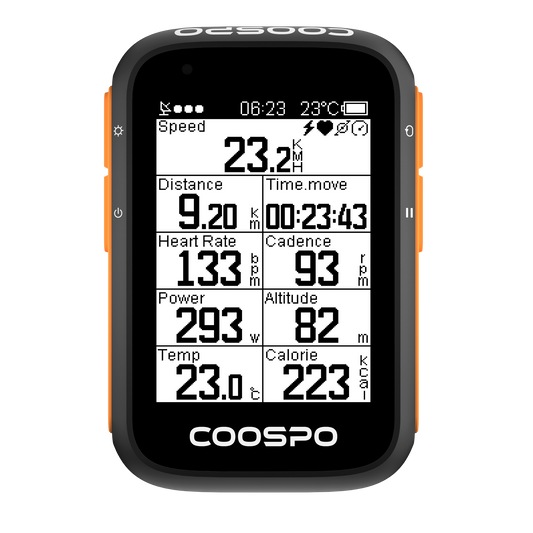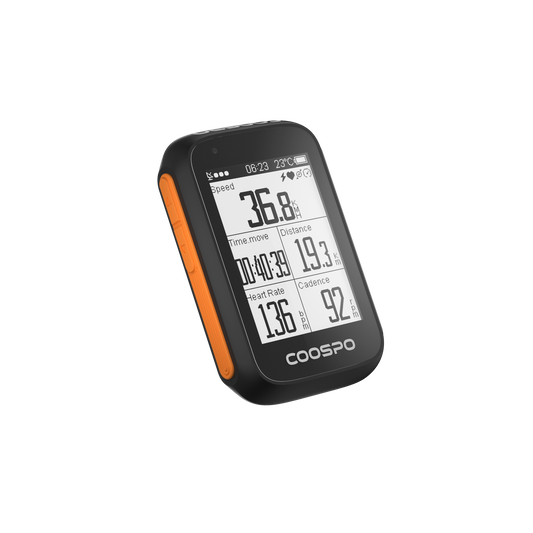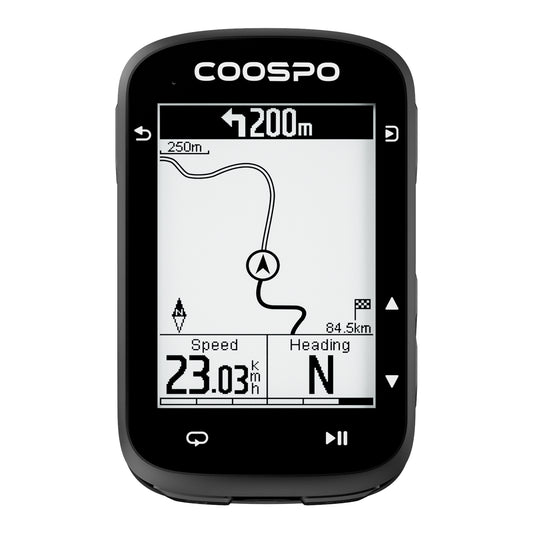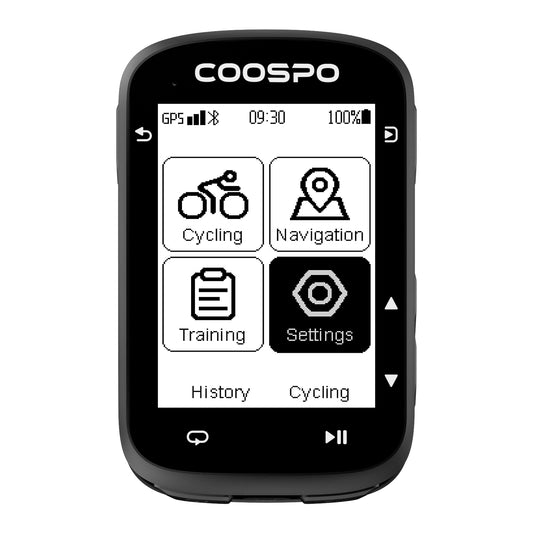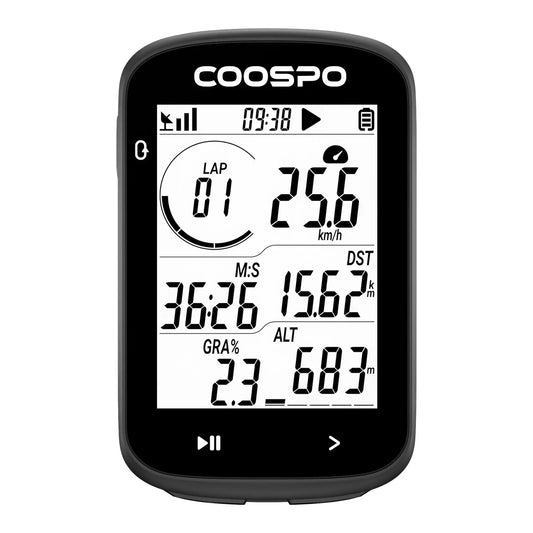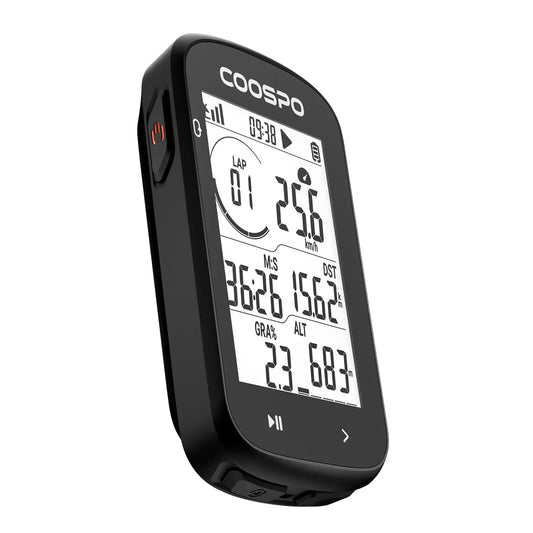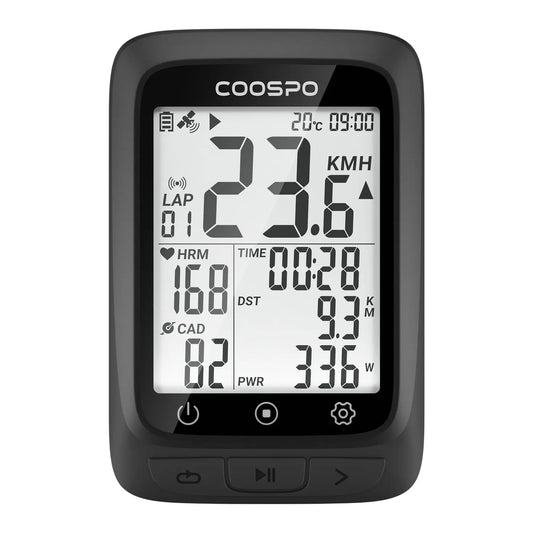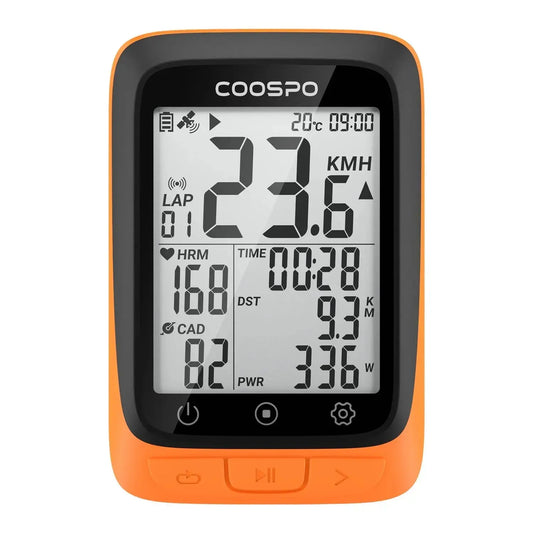How to Perfect Your Running Form?
Running is a fundamental exercise with many benefits, from cardiovascular health to mental well-being. Whether you're jogging in the park, sprinting on a track, or using a treadmill at the gym, mastering proper running form is crucial. Good form can enhance performance, prevent injuries, and make running more enjoyable.

Your ideal form can depend on factors like your body type, the distance of your run, and any injuries or physical limitations.
Remember, you might have learned some habits that are hard to change because they feel familiar. That's fine! It's worth pushing through some discomfort or newness to improve your form and enjoy running more.
Running Form
Below are a few suggestions for improving your running form to boost your running economy, improve performance, and lower your risk for injury.
Jogging
Running slowly and steadily is called jogging. Anyone can do it regardless of their fitness level. Here are some tips to make your jogging workouts more effective:

- When jogging, make sure to stand up straight, tighten your stomach muscles, and look straight ahead.
- Don't lower your head or slump your shoulders.
- Open up your chest and keep it strong while pulling your shoulders back and down.
- Keep your hands relaxed and swing your arms naturally. Avoid crossing your arms in front of you.
- To avoid injuries to your lower body, land in the middle of your foot instead of your heel. This will help your foot land directly under your hip as you move forward. Landing on your heel can slow down your stride and harm your knees.
Sprinting
Sprinting is fast running that requires explosive power and speed. The technique for sprinting is more active and forceful compared to jogging:
- Lean slightly forward from your waist and tighten your abs.
- Lift your chest, relax your shoulders, and keep them away from your ears.
- Take quick steps to save energy.
- Land softly and quietly to prevent injuries.
- Run on the balls of your feet and push off from your toes. Lift your thigh parallel to the ground with each step.
- Bend your elbows at a 90-degree angle and swing them back and forth with a wider range of motion than jogging.
- Raise your hands to chin level and back towards your lower back.
- Avoid twisting your body and crossing your arms in front of you.
On A Treadmill
Using a treadmill can help reduce impact on your joints and prevent overuse injuries. It allows you to run at a steady pace without any interruptions. However, you may need to adjust your running form because of the moving belt:

- Pull your shoulders back and tighten your stomach muscles as you lean slightly forward.
- Keep your back straight and make sure your shoulders are right above your hips.
- Let your arms relax, look straight ahead, and avoid looking down or at the screen.
- Take shorter steps and keep your stride small.
- When running on a treadmill, your stride will naturally be shorter to avoid hitting the front.
- Unless balance is an issue, try not to hold onto the treadmill rails while running.
Your Feet
Adjust your stride to match your running speed. Land softly to avoid putting too much pressure on your feet, which helps prevent injuries:

- Land smoothly with control, using a flat foot strike.
- For lower body safety, land on the front part of your foot, which uses more muscles upon landing.
- A midfoot strike helps push your body forward.
- Avoid landing on your heels, which can slow you down and strain your knees.
- Keep your feet in a normal position when landing, slightly rolling them inward. This helps your feet absorb shock properly and keeps your lower body aligned.
Techniques to Improve
Strength Training:
Include basic exercises like glute bridges and side planks in your workout to build strength, balance, and stability. This helps prevent injuries and overuse. Also, add squats, lunges, and calf raises to strengthen your glutes, hamstrings, and calves, improving your running mechanics.
Drills and Strides:
Practicing drills like high knees, butt kicks, and A-skips can help you run better by making sure you use the right movements. To keep your knees safe from getting hurt, aim to land your foot right under your knee instead of in front of it. This is especially important when running downhill.
Other Techniques:
Coordinate your breathing with your foot rhythm to stay relaxed, reduce tension, and conserve energy. Bend your elbows at 90 degrees and swing your arms smoothly from your shoulders. Lean slightly forward from your chest to move forward efficiently. Push off the ground with each step to propel yourself forward.
Tips to Avoid Injury
Gradual Progression:
Increase your running distance and intensity gradually to avoid overuse injuries. Follow the 10% rule, which suggests not increasing your weekly mileage by more than 10%.
Proper Footwear:
Invest in good-quality running shoes that suit your foot type and running style. Replace your shoes every 300-500 miles to ensure adequate support and cushioning.
Warm-Up and Cool-Down:
Before you begin running, warm up properly to get your muscles and joints ready. Do some dynamic stretches and a few minutes of light jogging. After your run, cool down with static stretches to help your muscles recover. If you experience muscle pain or have recurring injuries, take a break for an appropriate amount of time.

A heart rate monitor is essential for safer and more effective running. We suggest the Coospo heart rate monitor, which not only measures your heart rate accurately but also connects with many sports apps via Bluetooth. This helps you track your running intensity in real-time and prevents overtraining. It's lightweight and comfortable, so you'll barely feel it while running. Enjoy your run!



